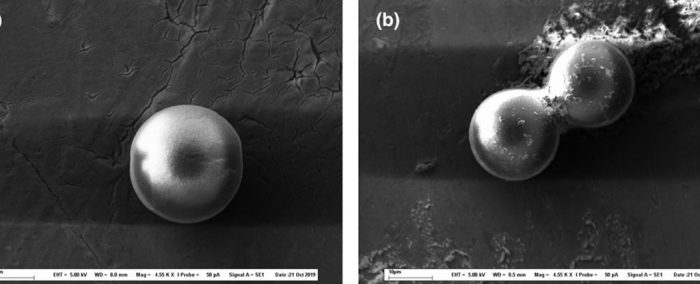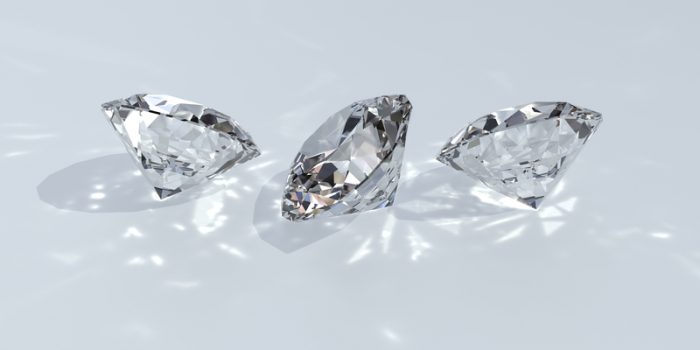Plastic pollution in our waters is a major worldwide issue. And there have been many efforts to reduce and fight it. These include banning single-use plastics, floating devices for cleaning up oceans, and worms that feed on plastics.
But one of the biggest plastic pollution issues in our oceans comes from the smallest source: microplastics. You may not know this, but when we wash clothing made from artificial fibres like nylon, polyester, rayon, or acrylic, tiny pieces of plastic are shed and carried away into the water system. Microscopic in size, these plastics can't be caught by floating nets. So how to stop them?
Researchers at the Institut National de la Recherche Scientifique (INRS) in Quebec City think they know. By using a new process that doesn't just catch microplastics—it completely breaks them down into CO2 and water.
What is the issue with microplastics?
Plastics in our oceans are a big problem. (Getty Embed)
Microplastics are ultra tiny pieces—from pebble-sized bits to fibres that are invisible to the eye—that never break down and float in our rivers, seas, and oceans. Mistaken for food, they are ingested by marine wildlife at the bottom of the food chain (creatures like plankton, shrimp and krill, tiny fish).
As larger and larger creatures feed on these animals, the microplastics get passed on from body to body. Eventually they even reach humans, after we eat fish contaminated by microplastics. Though this plastic is not immediately toxic in most creatures, it can be a health hazard over time. Which is why scientists what to stop them now.
Diamonds are water's best friend

This microscopic image shows a microplastic before and after being broken down. (Kiendrebeogo et al., Environmental Pollution, 2021)
This is where the new process steps in. It uses something called electrooxidation to break down the microplastics in water.
Their system uses diamond and titanium electrodes to start a reaction in the contaminated water. This reaction then breaks down the microplastics until they either become water or CO2 gas—both molecules that are everywhere in the natural world.
In one experiment, after six hours of treatment, 89 per cent of the microplastics in the water were gone. That's pretty impressive for something that was seemingly indestructible before!
Needs work
Of course, we can't start celebrating just yet. As you may have heard, diamonds are expensive, so getting this tech everywhere will be a challenge. And like all new devices, more testing and work needs to be done before it is ready to be mass produced.
But if we could have one of these in every water treatment plant in the world, our oceans—and all of the wildlife living in it—would be much better off. And so would we!
 Sure, they're great as jewelry. But can diamond's really break down microplastics? (Photo
Sure, they're great as jewelry. But can diamond's really break down microplastics? (Photo 








